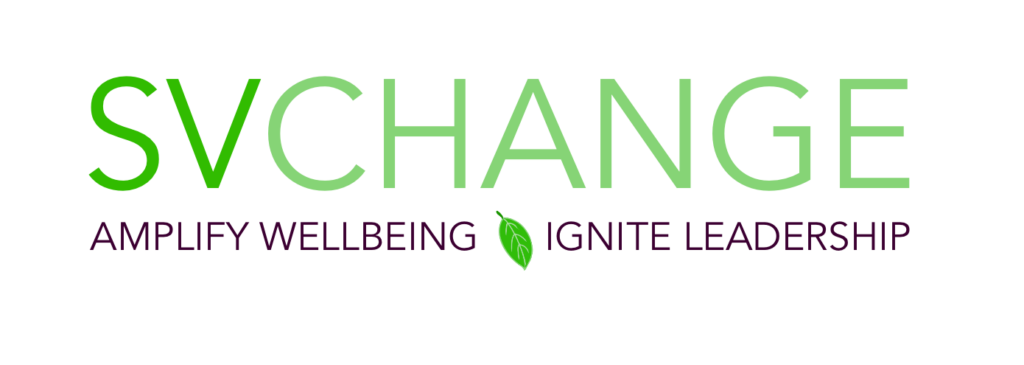
In the realm of leadership, presence isn’t merely about the physical space one occupies; it’s about the essence one projects and the authenticity one brings to interactions with others. Today, I had the privilege of speaking with one of the most sought-after executive coaches in Silicon Valley, Shannon Polly, who specializes in enhancing leadership presence through a unique blend of acting techniques, positive psychology, and heartfelt wisdom rooted in her Midwest upbringing.
Shannon is not only a distinguished executive coach but also a connoisseur of human potential and personal transformation. With a rich background in theatre and a profound understanding of positive psychology, Shannon helps leaders unlock their true potential by embracing their unique attributes and leveraging them to influence and lead effectively.
Her approach is tailored to help senior leaders, who are phenomenal in what they do, step up their game and fully embrace the leadership roles they are destined to excel in. Shannon’s work is about helping these leaders to not only project a presence but to do so authentically, aligning their actions with their inner values and beliefs.
The importance of authentic leadership presence
Leadership presence is often misconstrued as a need to fit a certain mold or exude a predefined charisma. Shannon challenges this notion by emphasizing that true presence is about authenticity and genuine connection. It’s not about putting on a façade or mimicking someone else’s style; it’s about being the most genuine version of yourself and letting that authenticity inform your leadership.
During our conversation, Shannon shared how integrating acting techniques not just helps in managing one’s presentation and body language but also in aligning one’s emotional and psychological state with their outward expressions. This alignment helps leaders not only appear confident but genuinely feel it, too.

Practical strategies for enhancing leadership presence
Shannon provided several actionable strategies that any leader can implement to enhance their presence:
1. Power Poses: Drawing from her acting experience, Shannon suggests using power poses before important meetings or presentations. These poses are not just about physical alignment but about instilling a sense of confidence and preparedness.
2. Cognitive Behavioral Techniques: These techniques are pivotal in managing stress and anxiety. They help leaders maintain composure and ensure that their decisions and actions are driven by rational thought rather than emotional responses.
3. Zone of Proximal Development: This concept involves pushing oneself just beyond the comfort zone but within the capacity to learn and grow. It’s about continuously expanding one’s capabilities and effectively growing into the leader one aspires to be.
4. Acting ‘As If’: Sometimes, the best way to become is to begin by acting ‘as if.’ Shannon encourages leaders to envision the future version of themselves and start embodying that image in their current roles, fostering a natural evolution towards that ideal state.
Leading with authenticity
The conversation with Shannon Polly was enlightening, to say the least. It reminded me, and I hope it does the same for you, that leadership is not about changing who you are but about being the best version of yourself. It’s about making genuine connections, embracing your personal journey, and using your unique experiences to influence and lead.
In a world that often prizes conformity, Shannon’s approach is a breath of fresh air, encouraging leaders to find their voice, own their space, and lead with heart and authenticity.
As we wrapped up our discussion, I was reminded of the profound impact that genuine, heartfelt leadership can have not just on companies but on the world at large. It’s about more than business outcomes—it’s about human connections and making a difference one authentic interaction at a time.
Let’s continue to learn and grow together, embracing the challenges and opportunities that leadership presents, always striving to lead not just effectively but authentically.
Want to have a deeper conversation about how to implement these steps? Send me a message, I’d love to hear from you!










